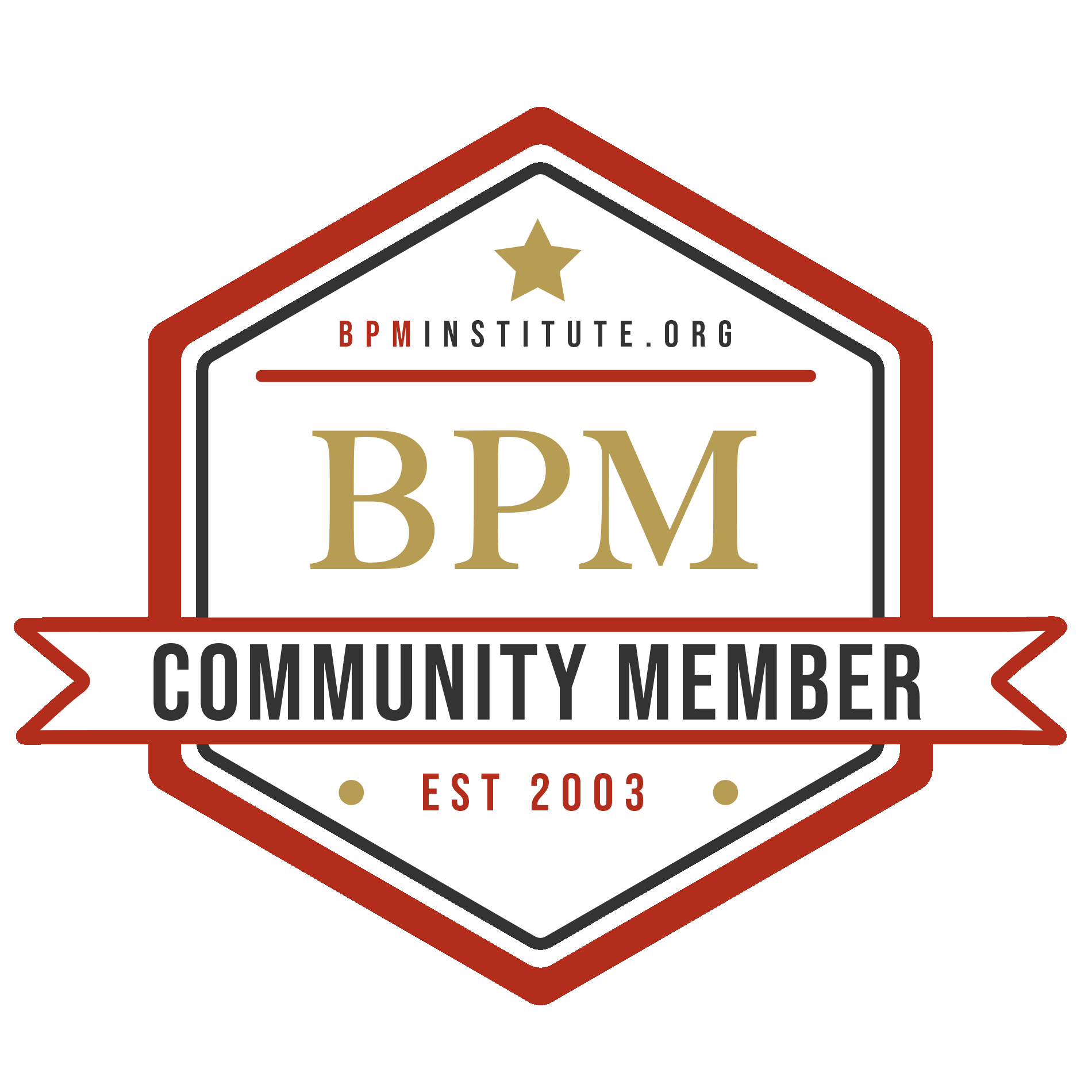Ask process improvement experts (which I have done over the years in teaching and consulting with such people) what is the hardest part of doing a process improvement project and they tend to say analysis. And in fact, it’s not just among process practitioners that you will hear people say that analysis is their most challenging activity: training program developers, organizational effectiveness types, change management coaches, etc., also tend to cite analysis as the toughest aspect of their work.

March 29, 2006

Alan Ramias
Business Architecture (BA)
Operational Excellence (OPEX)
Organizational Change Management (OCM)
Strategy
Articles by: Alan Ramias
Once Again: Process Work is Strategic Work
A question that forever nags at thinkers and practitioners of BPM is its relationship to strategy. In a recent book entitled Questioning BPM?*, one of 15 questions explored in the book was “Is BPM a strategic tool?” Eleven authors agree there is, or should be, a strong relationship.
The most common viewpoint among them is that BPM is necessary to an organization’s ability to execute its strategies. No matter what the strategy is or how it came into being, it simply sits on a shelf gathering dust unless there are actions taken to carry it out. And as soon as you enter the realm of action, an organization’s business processes are essential in executing the strategic intent. To carry out a corporate-wide strategy necessitates doing so through a company’s large-scale end-to-end processes, and that in turn requires recognizing, designing and managing those processes, which is the essence of BPM.
The Systems Approach to Performance Improvement: A Personal Experience
In the late 1970’s, I was a training manager in charge of teller training at a bank in the Midwest. I read Geary Rummler’s article “You Need Performance, Not Just Training” and experienced a Eureka! moment because I had just witnessed the exact scenario described in the article: an inept attempt at engineering the desired performance of tellers. This is the story of what happened before and after I applied Rummler’s principles of systematic performance improvement.
White Space Forever
The title of the book that made Geary Rummler and Alan Brache authorities in the emerging field of process improvement and management back in 1990 was Improving Performance, but it was the subtitle (How to Manage the White Space on the Organization Chart) that caught attention. Decades later, people still refer to it as the “white space” book; that was why Geary’s 2009 follow-up to Improving Performance was entitled White Space Revisited.
Today the term “white space” has entered common parlance. There are even a couple of consulting firms using the term in their names. It’s come to mean any general lack of connection between things that should be connected. But its original meaning still has value for BPM and Operational Excellence.




















